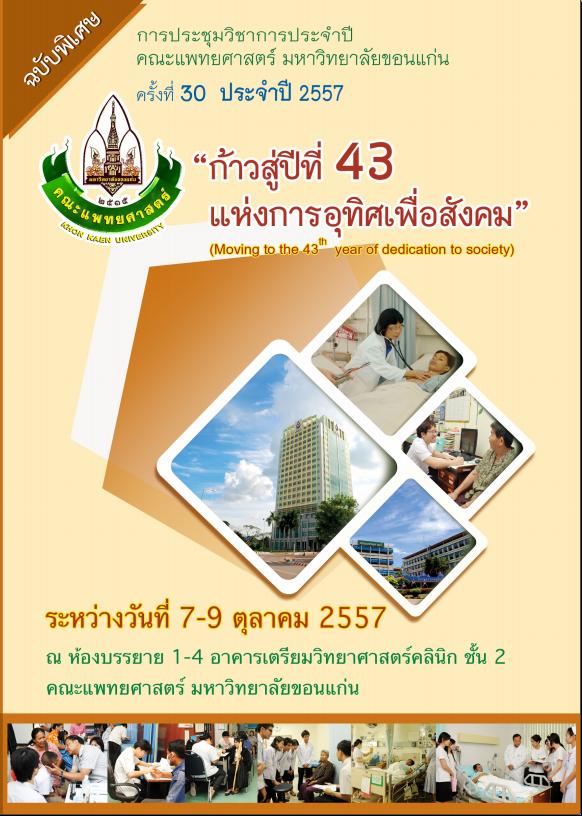Is it necessary to Perform Liver MRI T2* Earlier in Patients with Thalassemia Intermedia?
Keywords:
MRI T2*, thalassemia intermedia, iron overload, liver iron concentrationAbstract
Background and objective : Iron overload is an essential problem causing several complications in thalassemic patients, necessitating early diagnosis and treatment. MRI T2* is widely accepted for measuring iron overload in the heart and liver. This study aim to evaluate the heart and liver iron concentration using MRI T2* at different levels of serum ferritin.
Patients and Methods: We selected 30 patients with thalassemia intermedia; whose serum ferritin was 600–1,000, 1,001–2,000 and >2,000 mcg/ml. Heart and liver MRI T2* were performed. Iron markers and liver function were rechecked on the same day of MRI performing.
Results: Twenty patients had HbEb-thalassemia: 3 HbH with Hb Constant Spring; 6 HbH with Hb Constant Spring and heterozygous HbE; and, 1 HbH with Hb Pakse and heterozygous HbE. Median age was 14 years (range 10–31). All patients had non-transfusion dependent thalassemia but most received regular PRC transfusions every 3–4 weeks. No cardiac abnormalities were found. Of the patients with a respective serum ferritin <1000 and <800 mg/ml, 50% and 25% (6/12 and 2/8, respectively) had a median LIC >7 mg/g dry weight. Serum ferritin had a fair correlation with LIC as did ALT: both were statistically significant.
Conclusions: Liver MRI T2* revealed iron overload in thalassemia intermedia at low serum ferritin levels. More information is needed for reconsidering guidelines on investigation and treatment for iron overload in these patients.




